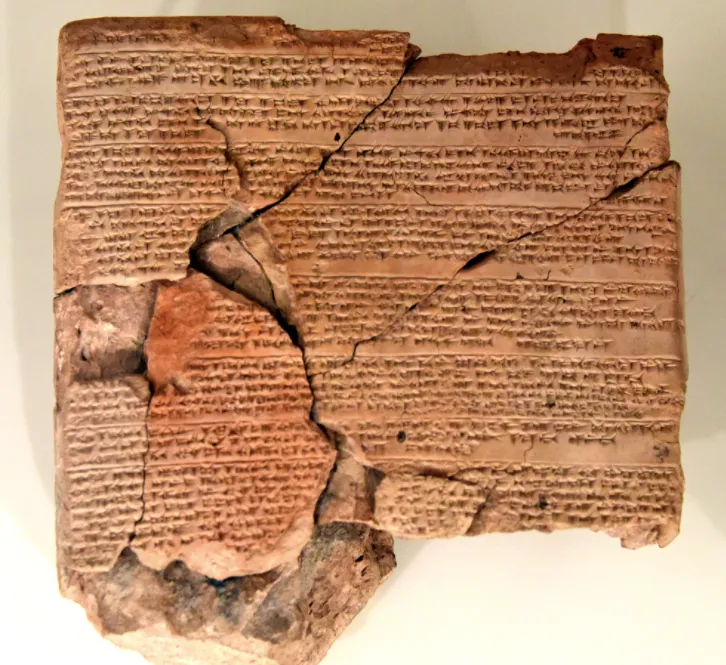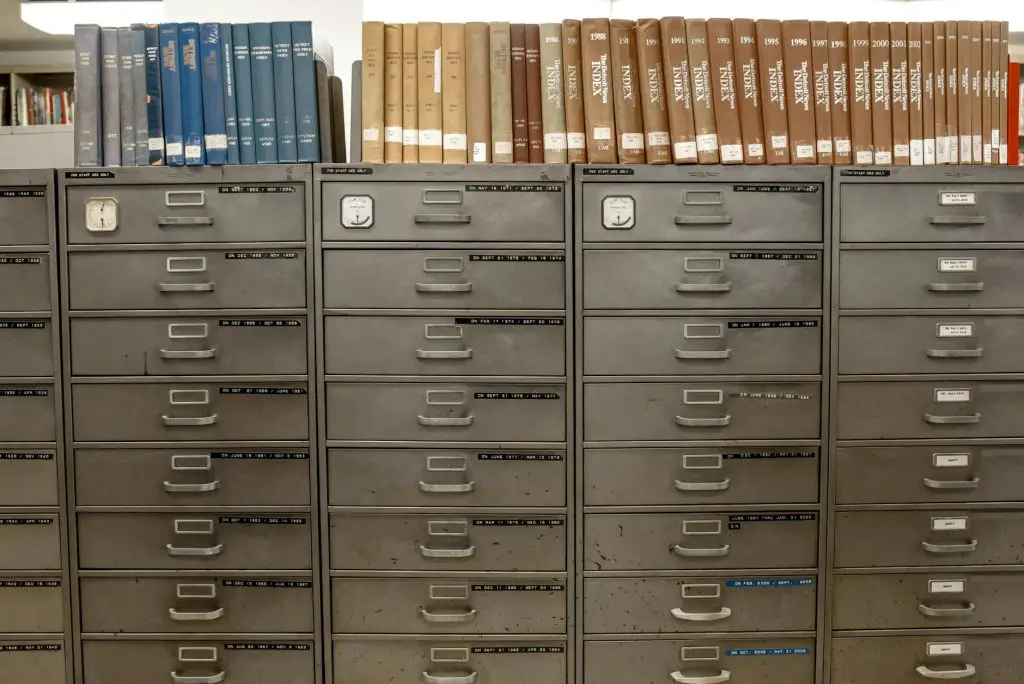The Treaty of Kadesh is a peace treaty agreed upon by Ramesses II and Muwattalli after the first ground battle in history between the two great powers of Egypt and Hittites in 1274 BCE. This peace agreement is recognized as the oldest international treaty based on the principle of equality. Since Muwattalli died before signing this treaty, it was signed and put into practice by his successor King Hattushili III. [1]
The Hittite Civilization: The First State in Anatolia
The Hittites established the first influential and organized state in Anatolia, which served as a conjunction of many cultures and gave rise to major civilizations throughout history. During the Great Hittite Kingdom Era, the Hittites became so powerful that they reached an equal position with the ancient Egyptian state.
Ancient Egypt that has not encountered any invasion until 7 BCE emerged as the most important political and military power of the Ancient Near East. Therefore, other states wanted to either ally or trade with Egypt. With the rise of Hittites as a great power, unrest began between the two.[2]
Small-scale conflicts first started with the advance of Egypt and Hittites towards the territory of present-day Syria in order to obtain the rich port cities and trade routes there. Initially, Ancient Egypt in the south tried to harass the independence of the Hittite civilization in the north. These attacks were not only an issue for the Hittites but also other neighboring states located in Anatolia.[3]
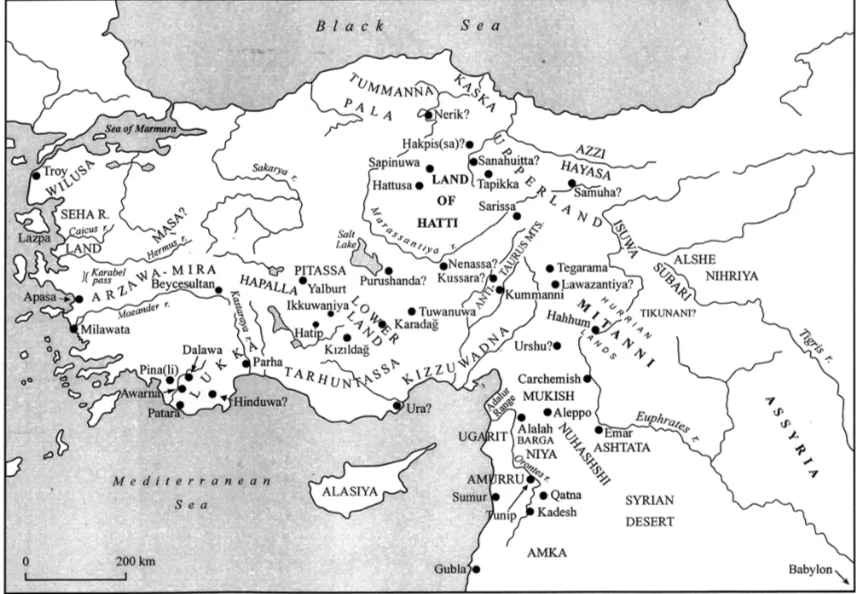
The Battle of Kadesh (1274 BCE)
Muwattalli II sent the Ugarit Bey and a few statesmen as a representative of the Hittite State to Egypt in order to prevent a major war and to resolve it through diplomatic means. However, Ramesses II disregarded and humiliated the Hittite delegation making it certain that the war would take place.[4]
On the border of the Syrian city of Kadesh, a massive battle took place with the Egyptian armies led by Ramesses II and the Hittites led by Muwattalli (1315–1282 BCE). In the face of this attack on Anatolia, many other Anatolian states sided with the Hittites.
The Egyptian army participated in the war with 20–25 thousand soldiers, light infantry, and outnumbered chariots. The Hittites, on the other hand, had an army of approximately 20 thousand soldiers including the ones gathered from the allied states in Anatolia. This war was the biggest battle to date, and it was the first time that a vast number of chariots were used.[5]
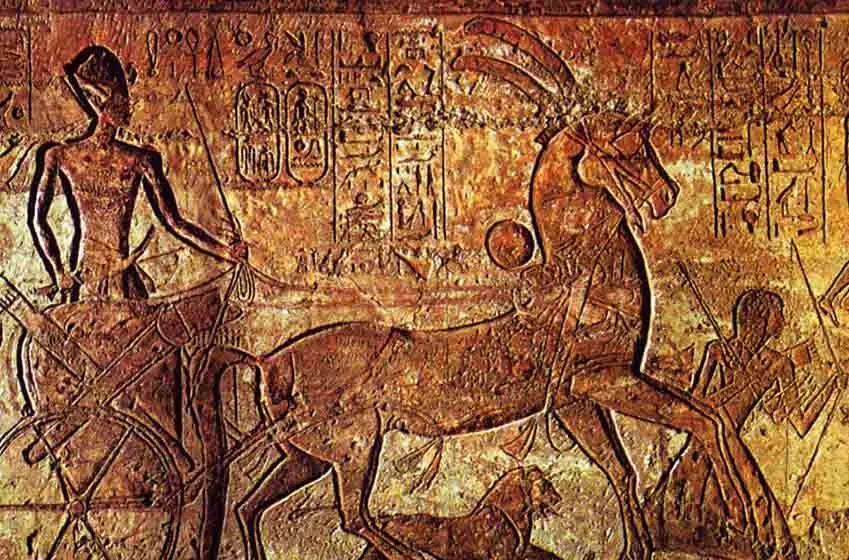
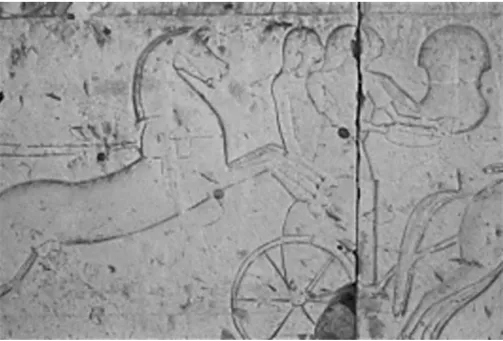
The Consequences of the Battle of Kadesh
Although both sides declared themselves to be the winners of the war, there weren’t any. Both armies suffered heavy losses. At the end of the battle, Egypt withdrew its army to the south, which was considered Muwattalli’s success. Egypt’s retreating army was followed by Muwattalli into Egyptian territory to the south as the Land of Aba (region of Damascus). The Hittites captured the Land of Aba and Muwattalli gave the city under the control of his brother Hattusili. For Muwattalli, the most important outcome of this battle was his recapture of the kingdom of Amurru.
Having Amurru in control again was of vital importance to the security of Hittite rule in the region.[6]
The Records of the Battle of Kadesh
This treaty was written in cuneiform in the Akkadian language. The queen’s seal was present along with the seals of the kings. It is known that it was first written on silver plates but these silver plates are lost.[7]
Three main versions of the treaty in Akkadian are known to exist. In 1906, the clay tablet of the treaty was found in central Anatolia in the capital city of the old Hittite, Hattusas (the present Bogazkoy) capitaThe clay tablet, which records the text in cuneiform script, was found in 1906 in central Anatolia on the site of the old Hittite capital, Hattusas (the present Bogazkoy) by Hugo Winckler and Teodor Makridy as a result of a joint expedition of Turkey and Germany, one of them (VAT 6207) presently is in Berlin (Staatliche Museen zu Berlin) and two of them are in the Istanbul Archaeological Museums.[8]
Other than the fragment of the papyri which preserve part of the “poem”, the record of the battle is carved in text and relief on the walls of Egyptian temples: the Ramesseum at the Valley of the Kings and four other temples at Luxor, Karnak, Abu Simbel, and Abydos. The record emerges as two versions in the temples. The long version is called “Poem” or “Literary Record” whereas the shorter one is named “Report” or “Bulletin”. Both versions consist not only of the battle itself but the incidents leading up to it.[9]
A replica clay tablet displaying the text of the treaty, which was found in Bogazkoy (Hattusas) was presented to the US Secretary-General U Thant, by the Minister of Foreign Affairs of Turkey, Ihsan Sabri Caglayangil. This gift adorns the wall of the United Nations Building in New York.[10]
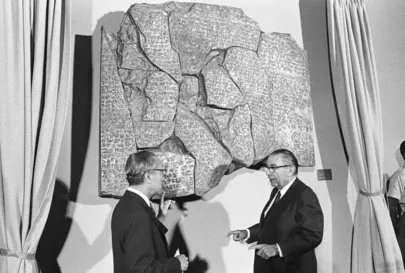
The importance of the Treaty of Kadesh
The parties, who realized that they could not be defeated after a long period of struggle, gave up their war policies and prepared the text known as the Kadesh Peace Treaty (1263 BC or 1258).
The Kadesh Peace Treaty is not considered the first peace treaty in history. It is known that before that time there were around 20 treaties, in which the victorious kingdoms imposed surrender on the vanquished. However, when the factors such as the equality of the parties, the softness of the language used, and the intention being peacemaking taken into consideration, it can be said that it is the first text that can be accepted as diplomatic.[11]
The articles of the Treaty of Kadesh
According to the content of this agreement, briefly, if there are internal and external attacks on the two countries, both countries will send aid to each other.
Persons who fled from Egypt to Hattu country or from Hattu country to Egypt will be extradited to their countries, but those who are returned will not be punished with violence.
Some sections of this agreement read as follows:
‘’Treaty of Rea-Mashesha-Mai Amana the great king, the king of the land of Egypt, the valiant, with Hattusilis, the great king of the Hatti land for establishing good peace and good brotherhood worthy of great kingship forever. These are the words of Rea-Mashesha-Mai Amana: Now I have established good brotherhood and good peace between us forever. In order to establish good peace and good brotherhood in the relationship of the land of Egypt with the Hatti land forever.
(I speak )thus: Behold, as for the relationship between the land of Egypt and the Hatti land, since eternity the god does not permit the making of hostility between them because of a ( valid ) treaty forever.’’
‘’If an enemy from abroad comes against the land of Egypt and Rea-Mashesha-Mai Amana, the king of the land of Egypt, your brother sends to Hattusilis, the great king of the Hatti land, his brother saying: ‘’ come here to help me against him-lo Hattusilis, the king of the Hatti land shall send his footsoldiers and his charioteers and, shall slay the enemies. ‘’ [12]
References:
- Kades Antlasmasi (Kadesh Treaty),
- Suleyman Ozkan, “Anatolia-Egypt Relations According to Old Egyptian Finds from Anatolia”, Tarih Incelemeleri Dergisi (History Explorations Magazine), Vol. XXII, №1, July 2007, 77–116.
- Mertkan Akpinar, “Battle of Kadesh and Peace.”
- Mertkan Akpinar, “Battle of Kadesh and Peace.”
- Mertkan Akpinar, “Battle of Kadesh and Peace.”
- Trevor BRYCE, The Kingdom of The Hittites, Oxford University Press Inc., New York, 2005.
- Kades Antlasmasi (Kadesh Treaty).
- Ertunga Ecir, “Kadesh Treaty (The Earliest Known Parity Peace Treaty),” Turkey Private Tours.
- Trevor BRYCE, The Kingdom of The Hittites, Oxford University Press Inc., New York, 2005.
- “Replica of Oldest Known Peace Treaty Presented to UN by Turkey.”
- Ulas Tore SIVRIOGLU, Muzaffer Ercan YILMAZ, “Diplomacy in First-Age Civilizations,” U.U. International Journal of Social Inquiry, Vol.10, Issue. 2, 2017, pp. 179-227.
- Ana María Vázquez Hoys, “Kadesh Treaty.”

Opinion writer, economist, and researcher with a passion for delving into diverse topics encompassing history, business, and politics. With a background in international relations and economics, I provide insightful analysis on global affairs, economic trends, and socio-political issues. As a certified English<>Turkish translator, I bridge language barriers to share informed perspectives across cultures. Outside of my professional pursuits, I am an avid #NFT collector and dedicated traveler, always seeking new perspectives.

